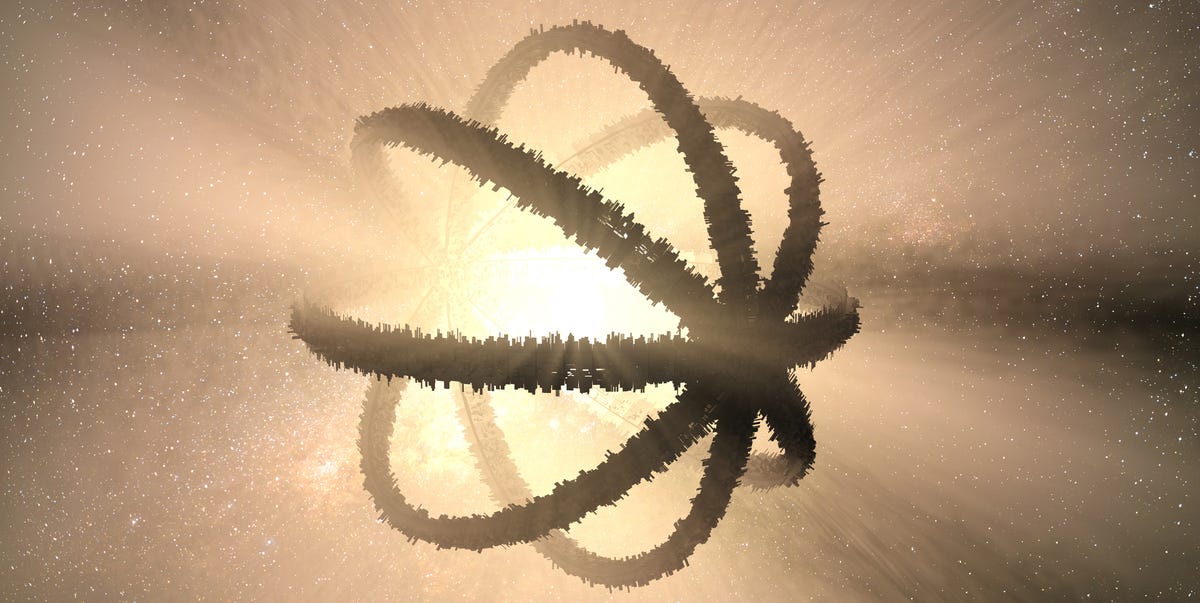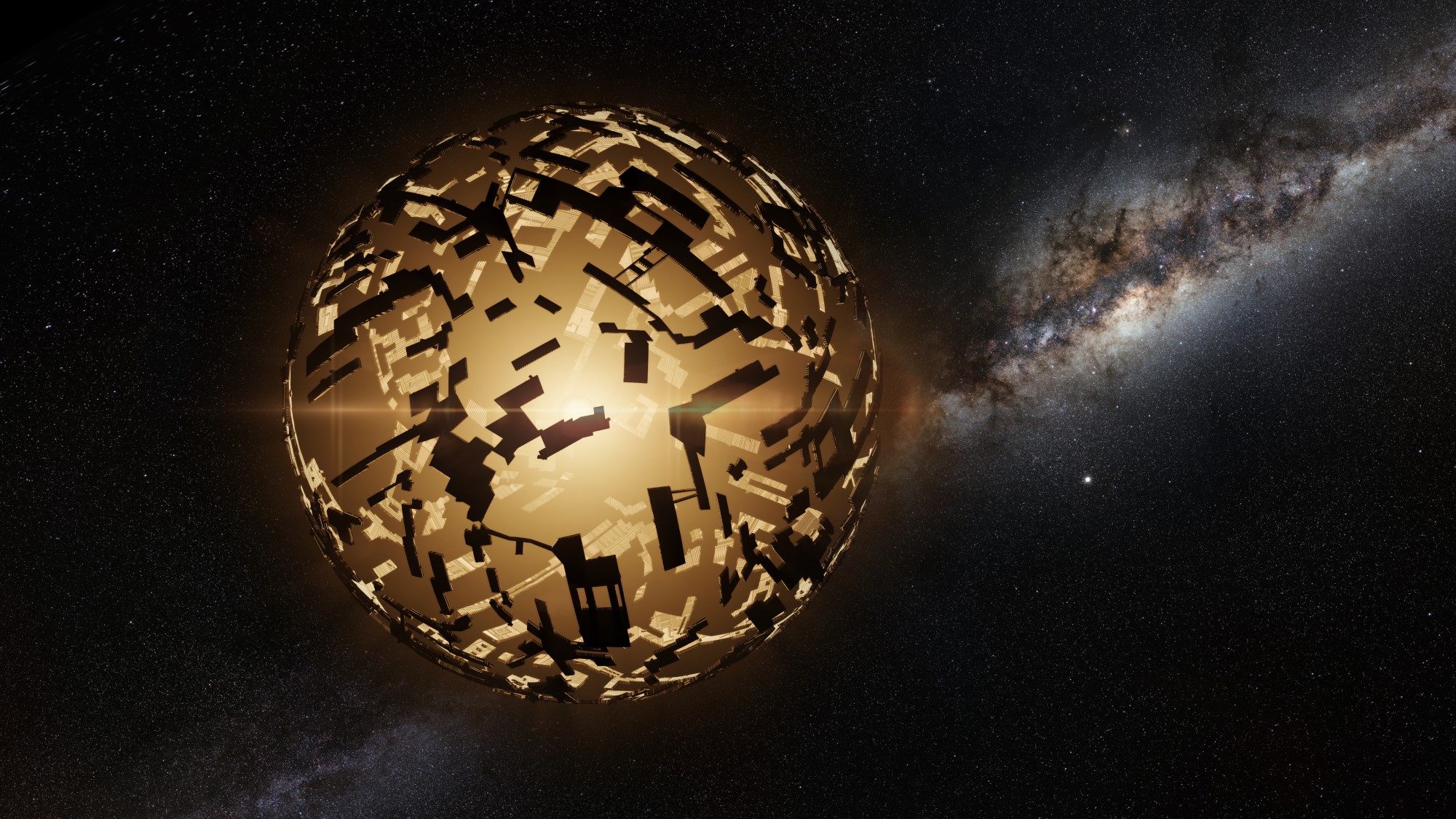Dutch Uncle
* Tertia Optio * Defend the Constitution
I'd read a few decades ago that Dyson Spheres would be signs of advance alien civilizations. That we should look for stars winking out. 
Obviously such a civilization would be several hundred years more advanced than ours.

 www.popularmechanics.com
www.popularmechanics.com


 www.space.com
www.space.com
Obviously such a civilization would be several hundred years more advanced than ours.

A Study Suggests We Found Potential Evidence of Dyson Spheres—and Alien Civilizations
Could unusual starlight patterns be the key to uncovering these mythical megastructures?
A Study Suggests We Found Potential Evidence of Dyson Spheres—and Alien Civilizations
- For more than half a century, scientists have wondered if searching for technosignatures like Dyson Spheres from super-advanced civilizations could help us discover intelligent life elsewhere in the universe.
- Two new studies analyze data from star-gazing satellites to develop a framework for eliminating false positives or potential natural explanations in that search.
- Each study found evidence that a handful of stars among the millions observed contain excess radiation that’s consistent with potential Dyson spheres and can’t be immediately explained away as a natural phenomenon.


The Kardashev scale: Classifying alien civilizations
The Kardashev scale is based on how much energy a civilization uses.


